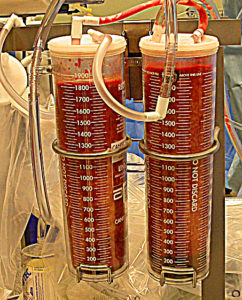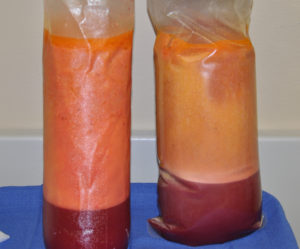While far from the oldest aesthetic procedure in plastic surgery, liposuction has become one of the most frequently performed around the world in the past four decades since its initial clinical introduction. Its ubiquitous nature in aesthetic surgery is not only because of the commonality of an excessive fat problem but also due to its use by a broad spectrum of cosmetic practitioners in a variety of settings.
Liposuction has evolved over the years and has gone through a variety of advancements from tumescent solutions, cannula designs and fat particulation methods. But despite the improvements in liposuction techniques the one consistent theme that has always been present is the need in the end to extract the fat by the introduction of some form of a cannula attached to a negative pressure device. This means that all liposuction methods share an invasive nature that introduces a similar amount of subcutaneous trauma.


Such higher volumes of liposuction extraction has become back into play, so to speak, with the now widespread use of BBL surgery. (Brazilian butt lift) In an effort to maximize the amount of concentrated or semi-concentrated fat to inject into the buttocks, higher volumes of liposuction are again being more commonly done. While most of the major complications that have arisen with BBL surgery have come from fat emboli from inadvertent entrance into the deep gluteal veins, the tissue trauma from the donor harvest can also become a source of them as well.
I think it is important for patients in particular to understand that liposuction is an elective procedure that is far from innocuous and ‘more is not always better’. While every patient wants to maximize their body reduction/reshaping, whether it is from liposuction alone or as part of a BBL procedure, safety precedes the opportunity for a slightly better reductive or fat obtaining outcome. While keeping under the limit of 5 liters of fat extraction is not an absolute number, it remains a good medical guideline in liposuction surgery.
Dr. Barry Eppley
Indianapolis, Indiana


